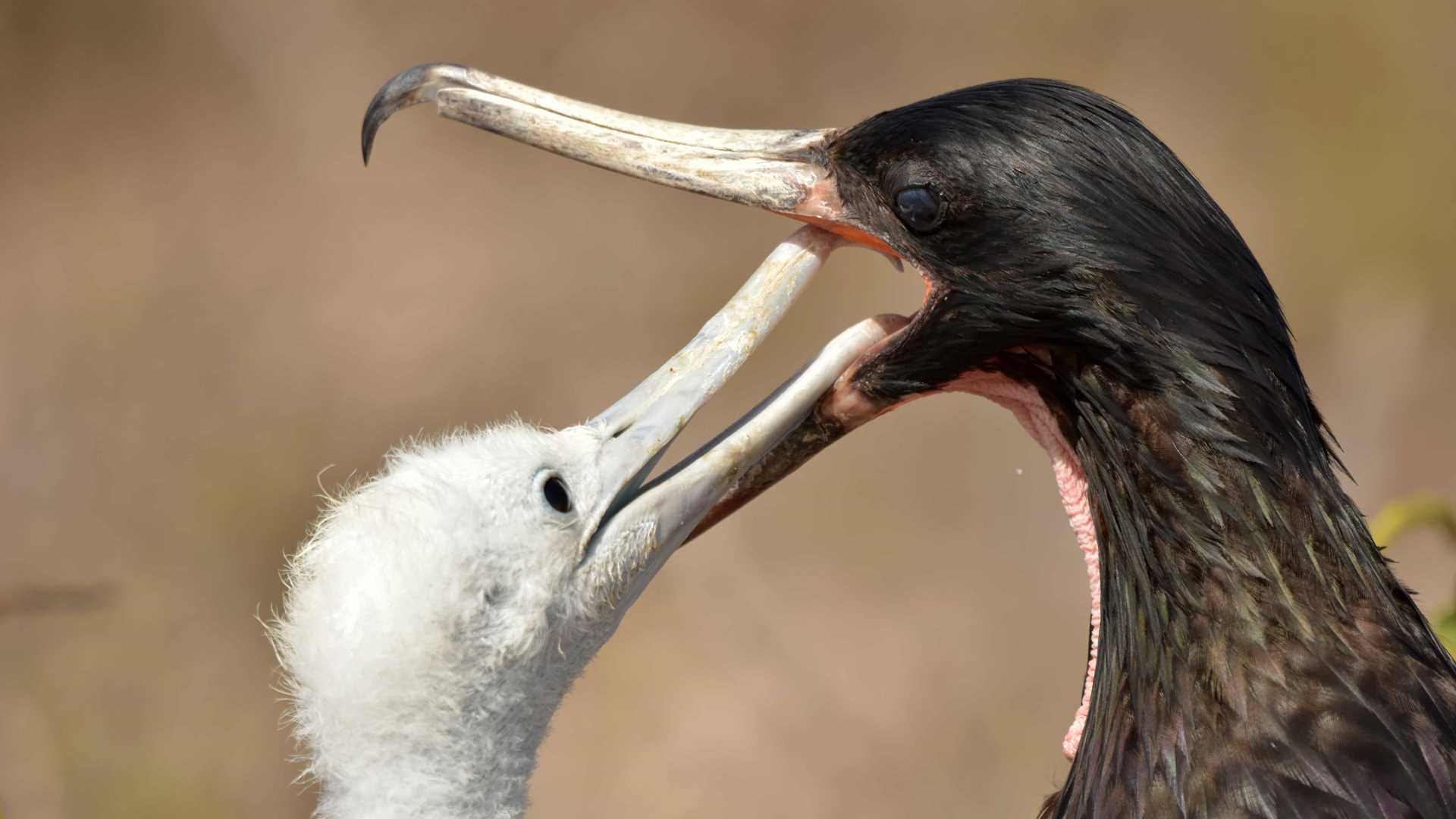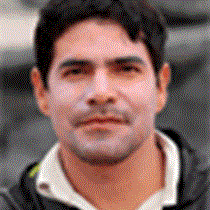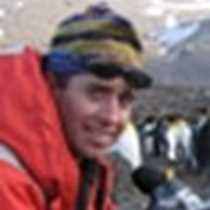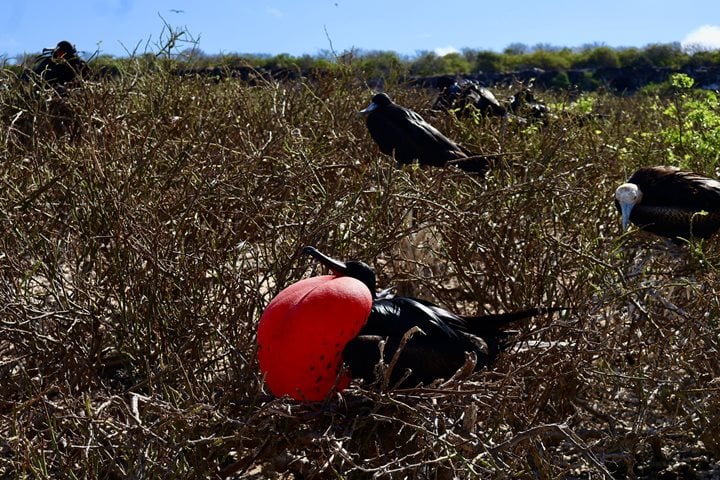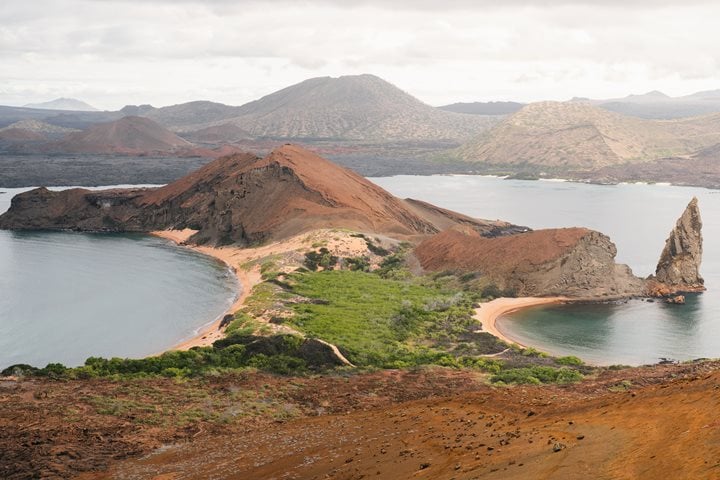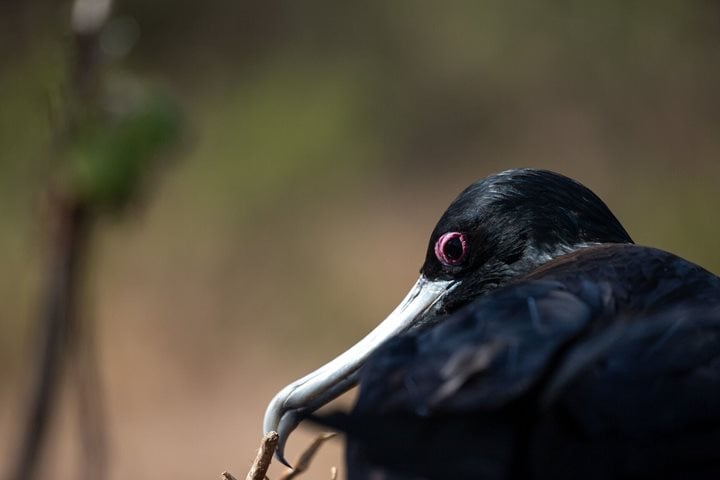The adventure is starting, it is our first full day in Galapagos. This morning we are at North Seymour, a very small island that has a peculiar geology—it is flat, and no volcanoes are found here. It formed by magma pressure under the sea bed that pushed a piece of the platform above sea level. The entire island looks like a dry, lifeless desert at first glance, but a closer look reveals that a surprising amount of sea birds can be found here. It is home to tons of blue-footed boobies that come here every year from March to June to reproduce. Frigatebirds also have their colonies here, and they have developed an interesting relationship with their booby neighbors—frigates steal food from sea birds, especially boobies, and not only food, but also material as twigs and branches to build their nest. Species that engage in this type of behavior are known as kleptoparasitic, because of the mania of stealing. But this behavior originates due to the limitations that frigates face about diving—they have no waterproof feathers, meaning that “if they dive, they die”.
Along the trail we saw many boobies nesting, frigates feeding their chicks, land iguanas chewing on cactus, sea lions basking under the fierce equatorial sun, and sea gulls preening their feathers. It is a magical place, and each of our guests is fascinated observing this unique Galapagos ecosystem. The time passes so quickly, and soon it is time to return back to our ship and move to our next destination: Rabida island.
In the afternoon we suited up to go snorkeling, either from the beach or in deep water. Galapagos is the fourth largest marine reserve in the world, and it is one of the top five best places for snorkeling and scuba diving. As we explored the marine ecosystem, we found many playful sea lions, as well as a marine iguana feeding on algae. Wow! It was amazing to observe this well-adapted creature, munching away underwater, just holding its breath for such a long time. Several marine turtles were also swimming around, and suddenly a shark appeared as well! No worries, for some of our guests it is hard to believe, but the sharks are so tame here in Galapagos that you can swim very close to them with no risk of danger. Welcome to Galapagos!
Later in the afternoon, we disembarked on Rabida Island. Rabida is known as “the red island”, and it is red indeed! The bright red color of the sand is the result of a large quantity of iron oxidized by the oxygen of our atmosphere over the course of millions of years. We went for a walk along the beach, past sea lions who were resting after a long day of catching fish. Just behind the beach was a very small brackish water lagoon where some semi-palmated plovers and ducks were feeding on the very nutritious ooze. Finches, warblers, and mockingbirds flitted about through the palo santo trees, feeding on insects and berries. The sun sets quickly at the equator, and the breathtaking colors of the sky signaled that our day was coming to an end.
Mission accomplished! Our guests had a lot of fun today, and they are starting to understand why Galapagos is considered to be one of the most paradisiac places on our planet. Cheers!

